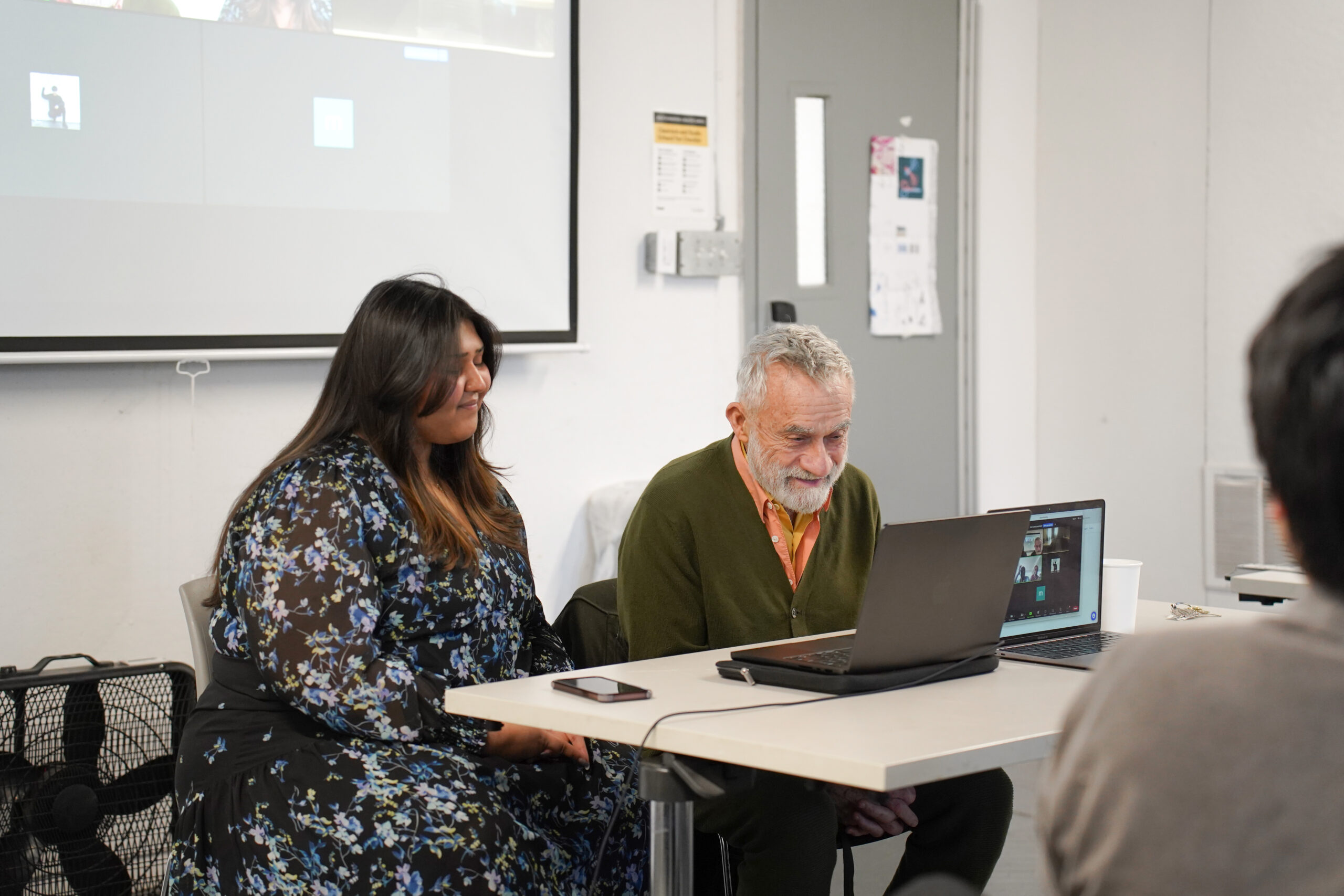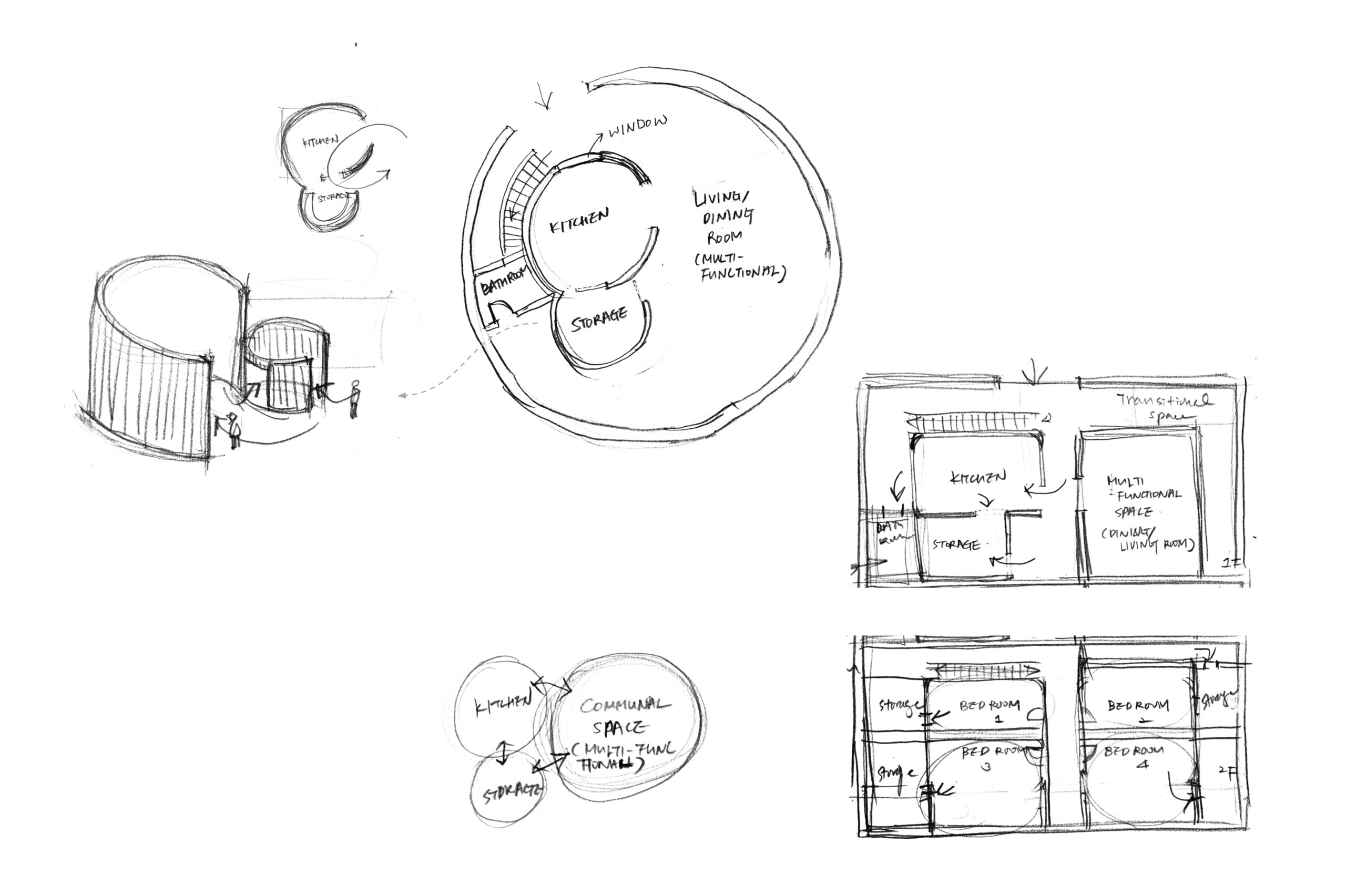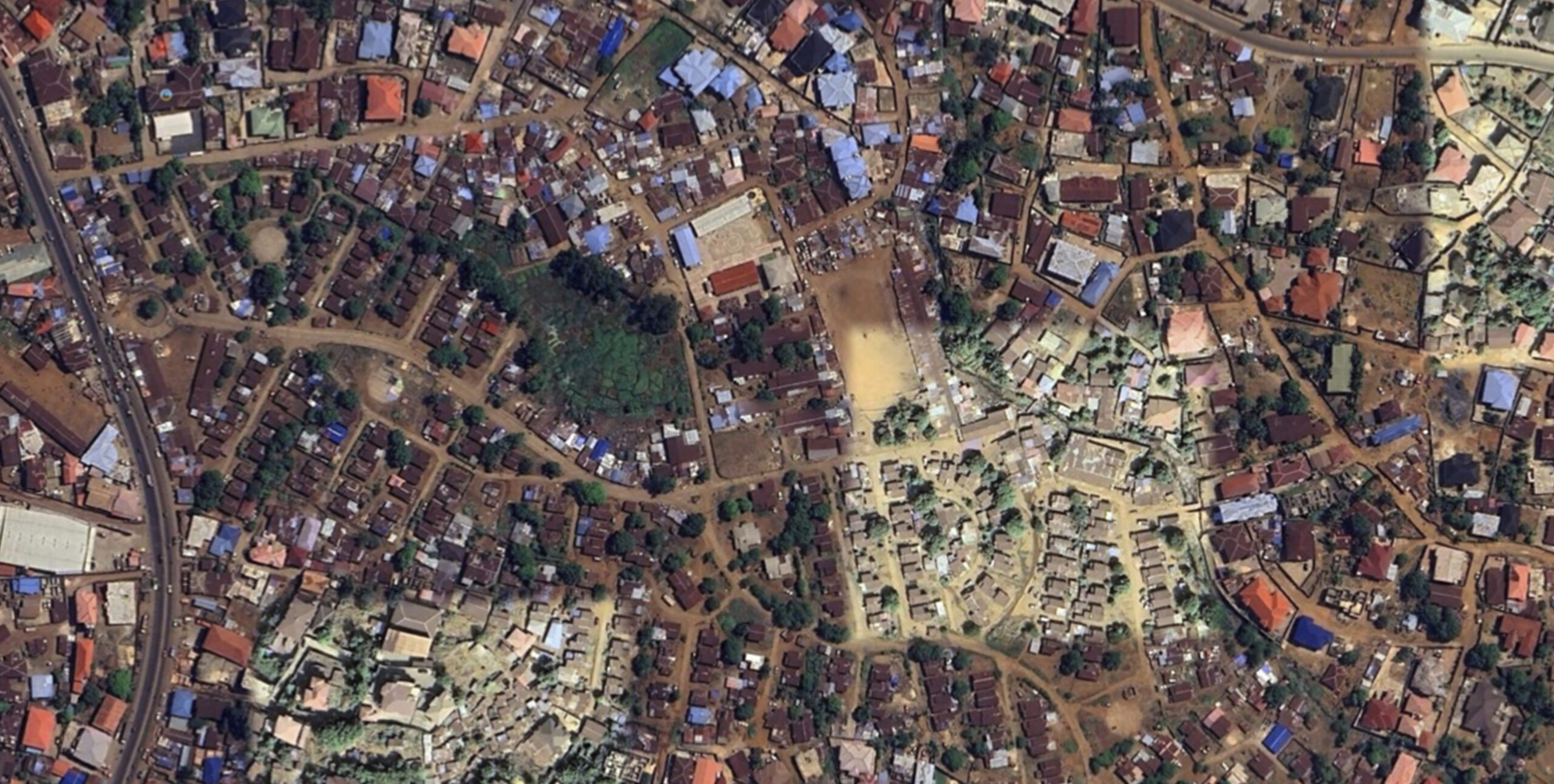Equatorial Living Lab

Ridima Jain and Kevin Walz
Visiting Associate Professors
School of Design
This is a four-semester initiative, perhaps the first of its kind.
Students from four continents are working together to focus on low-cost housing issues in the developing nations for the equatorial climates. We are committed to innovation, utilizing local materials and processes, and advocating for quality, flexibility, and a strong sense of community. All our research, designs, construction documents, and diary entries during the construction of prototypes will be available online, open-source, for everyone to use, adapt, and reconfigure as they choose.
Thirteen students at Pratt, from the School of Architecture, Interior, and Industrial Design, representing ten countries, are collaborating with fifteen students from Sierra Leone, from their School of Engineering and the newly established School of Architecture (celebrating its first graduating class this year!).
The first semester has been extraordinary, focusing on research. Each Pratt student researched the history of low-cost housing in their own cultures, reviewed sustainable materials and processes, and explored indigenous cultures and their methods of constructing living environments. They delved into community planning strategies, including future growth, and conducted a thorough examination of fractal geometry’s role in traditional African architecture. They investigated daily activities in homes, such as cooking, laundry, and bathing, and identified valuable elements of construction in indigenous housing, such as changing floor levels to define space for activities and provide built-in furnishings. They also examined central courtyard strategies in indigenous architectures, the value of private exterior spaces, ways to define transitions in spaces from public to private, and flexibility in spatial planning.
Our introduction to the Freetown students and faculty was full of parallel thinking. We were thrilled to see them innovating and looking into the future with local materials, processes, and traditions, and developing designs that serve their intended communities. What the Fourah Bay students provided in response to this research is guiding us into the next semester of design.

